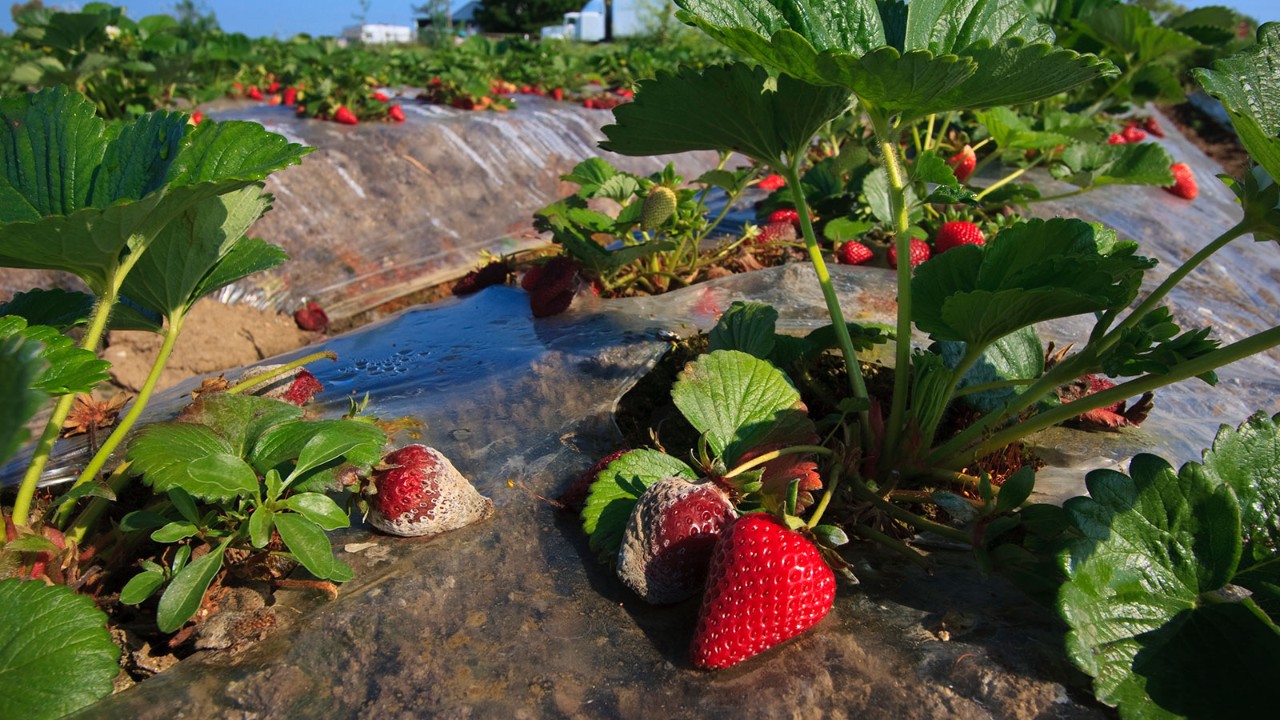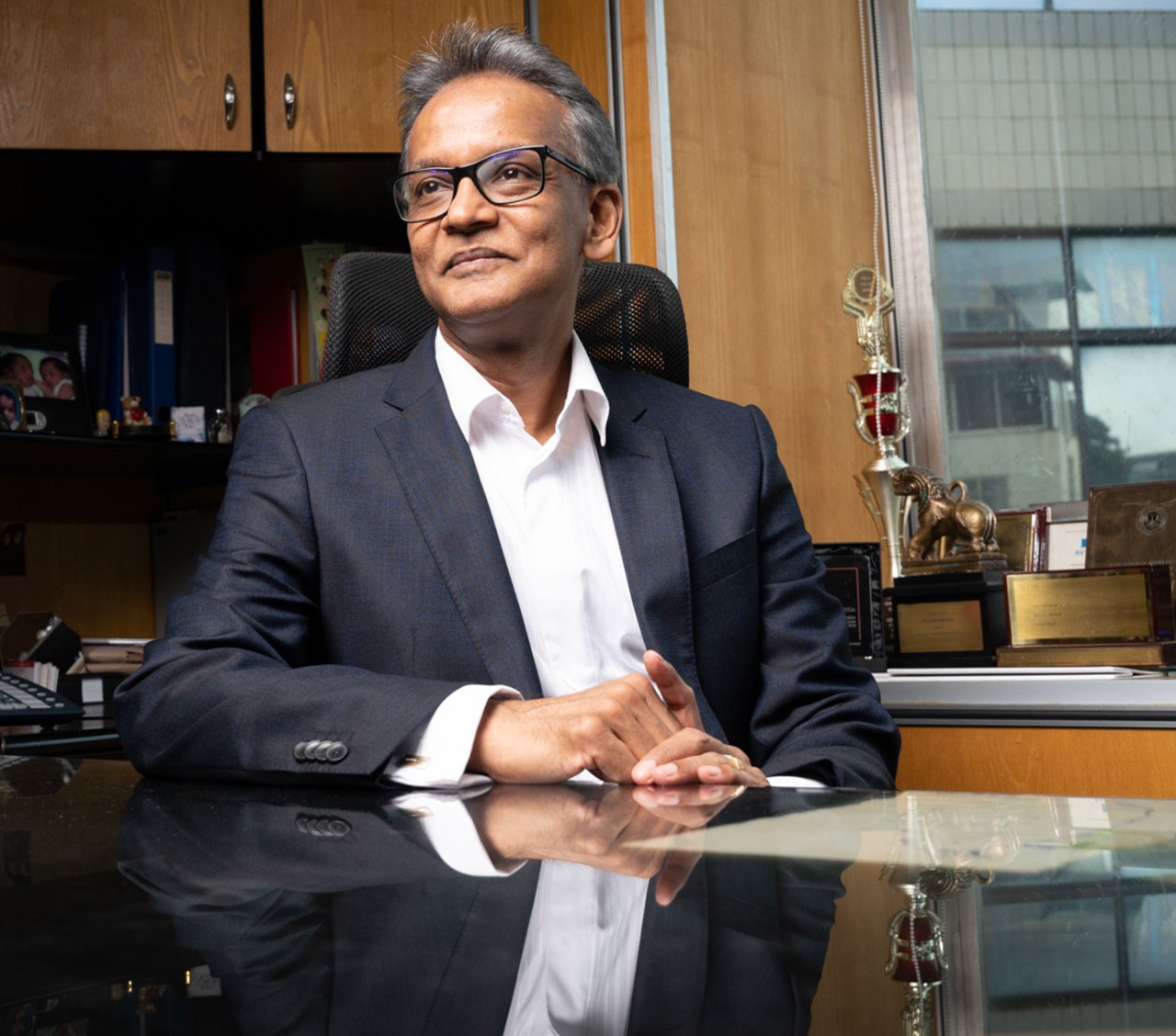
One-third of food produced is lost or goes to waste before it reaches the table, according to a United Nations estimate. This in turn contributes around 8% of global greenhouse gas emissions.
But inefficiencies in the food chain also come at a significant financial cost, estimated at around US$1trillion a year – equivalent to more than 1% of global output.
‘Many businesses in the food chain are relatively low margin so executives can ill afford waste and inefficiency,’ says Jozef Wallis, CEO of Terraprima, a company that uses sensors and artificial intelligence (AI) to help farmers identify the optimal time to pick crops and avoid spoilage.
‘Between 10% and 20% of crops are being left on the trees or ground to rot because of a lack of labour’
Design out waste
This point was underlined by a recent report from the Ellen MacArthur Foundation and Google, estimating that technologies employing AI to ‘design out’ food waste could help generate up to US$127bn a year by 2030.
Terraprima’s solution can also help cut back on other forms of waste, such as adding fertiliser to crops that are growing well without it. ‘This combination can boost margins by 15% to 20% in many cases,’ says Wallis.
The challenge of timely harvesting, he adds, is only increasing as global warming makes destructive weather events more frequent; Terraprima’s systems are linked to satellite weather forecasting systems, to help farmers take preventative measures to save crops.
Crop control
Tevel Aerobotics, an Israeli technology company that produces intelligent fruit-picking drones, aims to resolve an increasingly pressing drag on farm profitability: the shortage of pickers.
‘Between 10% and 20% of crops are being left on the trees or ground to rot because of a lack of labour,’ says Ittai Marom, the company’s COO. ‘Fewer people want to work in this industry, yet over the past 35 years the amount of land under cultivation globally has doubled.’
Meanwhile, the Covid-19 pandemic has made it harder for migrant workers to cross borders, as well as causing labour shortages as pickers get sick and whole teams are quarantined. For an industry where margins can already be 10% or below, drones provide an increasingly attractive solution.
‘This really drives the bottom line,’ says Marom. ‘Our goal is both to get waste close to zero and also to ensure the optimal timing.’
‘Intelligent fruit-picking drones could solve an increasingly pressing drag on farm profitability: the shortage of pickers’
Predict demand
There is plenty of innovation at the next stage of the process, too: the supermarkets. Afresh Technologies, based in San Francisco, uses algorithms incorporating such factors as weather and peak freshness to help supermarkets predict demand for fresh goods.
‘Ensuring that you have exactly the right quantity of goods – from bananas to strawberries – is crucial to supermarkets,’ explains Matt Schwartz, the company’s co-founder. ‘Overestimate demand and you get waste; underestimate it and you lose sales.
‘Margins in this industry can be as low as 1% to 3%, and food waste can represent around 5% to 7% of sales. By halving waste, supermarkets can potentially double profitability.’
Research by Afresh found that some chains had reduced waste by at least 25% – and in some cases much more – lifting operating margins by around 40%.
‘By halving waste, supermarkets can potentially double profitability’
The price is right
Tech firm Wasteless, meanwhile, uses dynamic pricing to discount food as it approaches its expiry date. This smart pricing system improves the chances of goods being sold rather than being thrown away, with an average increase on net margins of three percentage points. In one case, an Italian supermarket chain with 140 stores managed to reduce waste by 41% after 12 weeks.
The inefficiency continues into the restaurant and hospitality sectors, with The Sustainable Restaurant Association estimating that one in six meals served outside the home go to waste.
‘About 20% of the food purchased by commercial kitchens ends up in the trash,’ says Marc Zornes, co-founder of Winnow, which uses motion sensors to capture images of food being discarded, with an analytics platform collecting the data and pinpointing areas of waste. Zornes says this typically saves restaurants between 3% to 8% on food costs, with 95% recouping two to 10 times their investment within the first year.
Make the connection
Another innovator is Too Good to Go, an app that helps local food stores to sell cut-price food that would have otherwise be discarded. Founded in Copenhagen, Denmark, the firm currently works with more than 114,000 cafes, restaurants, bakeries and hotels.
The bottom line is that technology is offering a range of solutions across the food chain to tackle food waste and thus improve margins. These technologies can also potentially interlink for even greater effect.
‘At farms, real-time data on the ground from sensors could instruct robotic pickers to investigate this area,’ says Wallis. ‘We are still at the relatively early stages of penetration for many of these technologies in the food waste area, so there is plenty of growth to come.’
More information
ACCA's Accounting for the Future conference has a range of sessions on the theme of sustainability. Register here to attend.




